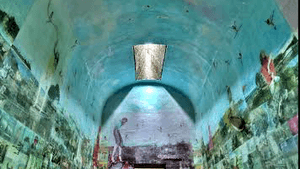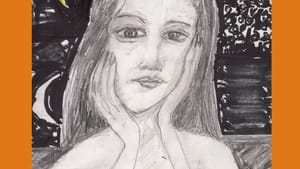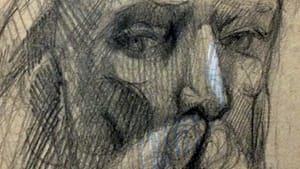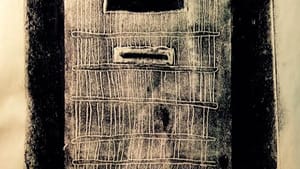
Treacy Ziegler
Contributor
BSR Contributor Since December 28, 2013
Treacy Ziegler is an exhibiting artist represented in Philadelphia by the Stanek Gallery. Ziegler also volunteers as an art teacher in prisons, and has a through-the-mail art program for 2,300 incarerated people, mostly in solitary confinement, throughout the United States. She lives in Newfield, NY; her website is www.treacyziegler.com.
Treacy Ziegler has been exhibiting her art in Philadelphia for 29 years, having graduated from Pennsylvania Academy of Fine Arts. Previous to PAFA, she received a MSW from University of Pennsylvania and BS in community mental health from Drexel University. The Stanek Gallery in Old City represents her art. She works in the mediums of sculpture, painting, and printmaking.
Ziegler also is volunteer art director for the distance-learning program Prisoner Express, affiliated with Cornell University. In this capacity she develops art projects for 9000 incarcerated people who participate in the program from prisons across the United States. Many of these people are living in solitary confinement; often their only link to the world is through letters.
Ziegler’s most recent art consists of life-size and larger-than-life animal sculptures, made from the over 20,000 letters received annually from behind bars through the Prisoner Express program.
Artist website: www.treacyzieglerfineart.com














